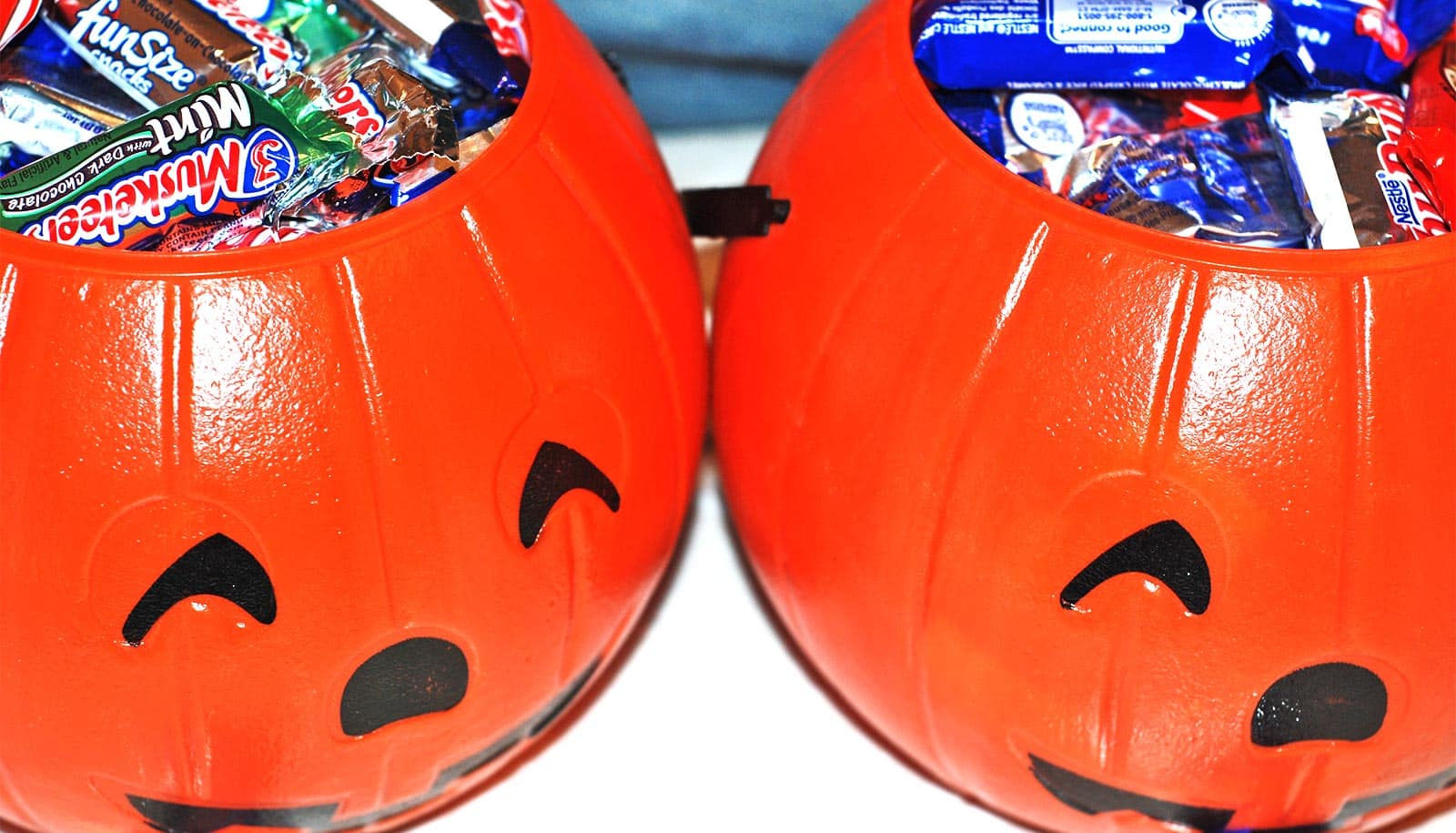If your family is trick-or-treating or adding some spooky decorations to the house, it’s important to keep safety front of mind.
Pediatric and orthodontic experts from University of Rochester Medicine suggest following these tips to make sure your child has a fun—not frightening—time:
1. Be seen in the dark.
Being struck by a car is the greatest risk for trick-or-treaters. As well as reminding your child about traffic safety, pediatrician Elizabeth Murray encourages parents to incorporate glow sticks and reflective material into costumes.
“Remember that sparkly or shiny doesn’t necessarily mean reflective,” she emphasizes.
2. Choose the right costume.
If your trick-or-treater has a disability, consider an adaptive costume, which is specially designed to accommodate the needs of people with physical, sensory, or developmental disabilities.
These costumes use features like Velcro fastenings, openings for medical devices, and designs that fit over wheelchairs to make the outfit functional and comfortable for trick-or-treaters with mobility aids, sensory sensitivities, or medical equipment.
3. Decorate with sensory sensitivities in mind.
Halloween can be difficult for children with sensory sensitivities. Lisa Latten explains, “There are lots of noises and flashing lights that can be overwhelming and difficult to process.”
To make sure your house decorations are fun for all trick-or-treaters, consider avoiding anything that jumps out or spontaneously makes loud noises. And, if possible, try to choose less scary decorations, like pumpkins rather than a goblin or spooky ghost.
4. Get candy that’s right for your house.
If your trick-or-treater has braces or a permanent retainer, Dimitrios Michelogiannakis and Nadia Abou Kheir suggest skipping candies like:
- Nuts and popcorn
- Chewy candy like caramels, taffy, and Starburst
- Hard candy like lollipops and candy corn
- Bubblegum
- Jellybeans
- Sour candy
“These candies can damage the braces and set your orthodontic treatment back,” says Michelogiannakis.
Instead, the American Association of Orthodontists suggests softer candies that melt in your mouth, like:
- Chocolate (without nuts)
- Peanut butter cups
- Marshmallows
- Cotton candy
- Kit Kat bars
- Cookies
- Three Musketeers
If your child does get something stuck in their braces, try washing it out with water, brushing, and flossing. If a bracket comes loose, call your orthodontist to make an appointment.
Source: University of Rochester



